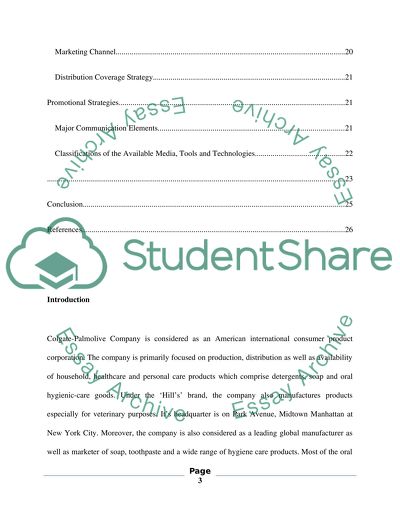Cite this document
(“Marketing Mix Strategy Analysis Of Colgate Toothpaste Research Paper”, n.d.)
Retrieved from https://studentshare.org/marketing/1611762-marketing-mix-strategy-analysis-of-colgate-toothpaste
Retrieved from https://studentshare.org/marketing/1611762-marketing-mix-strategy-analysis-of-colgate-toothpaste
(Marketing Mix Strategy Analysis Of Colgate Toothpaste Research Paper)
https://studentshare.org/marketing/1611762-marketing-mix-strategy-analysis-of-colgate-toothpaste.
https://studentshare.org/marketing/1611762-marketing-mix-strategy-analysis-of-colgate-toothpaste.
“Marketing Mix Strategy Analysis Of Colgate Toothpaste Research Paper”, n.d. https://studentshare.org/marketing/1611762-marketing-mix-strategy-analysis-of-colgate-toothpaste.


